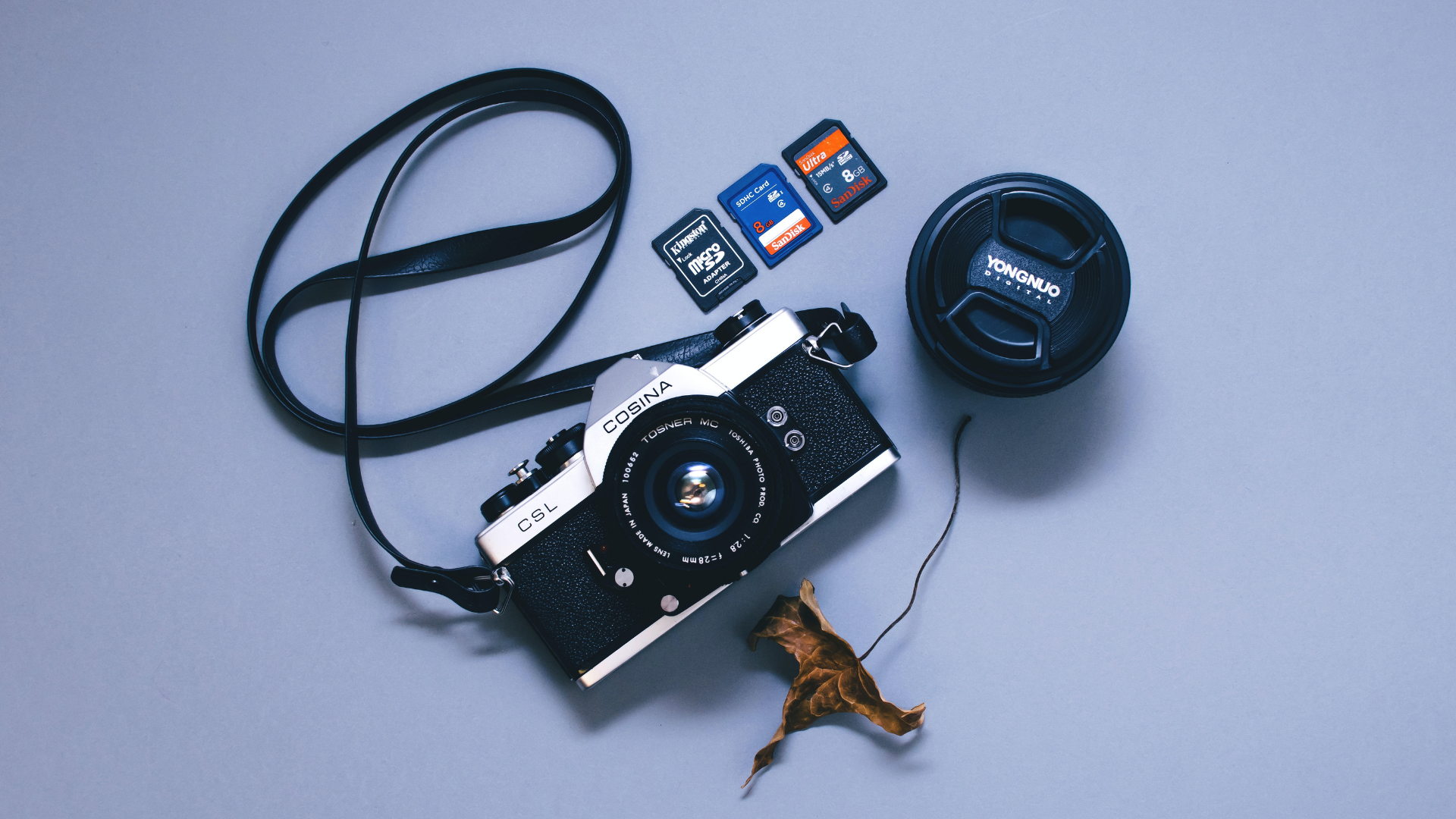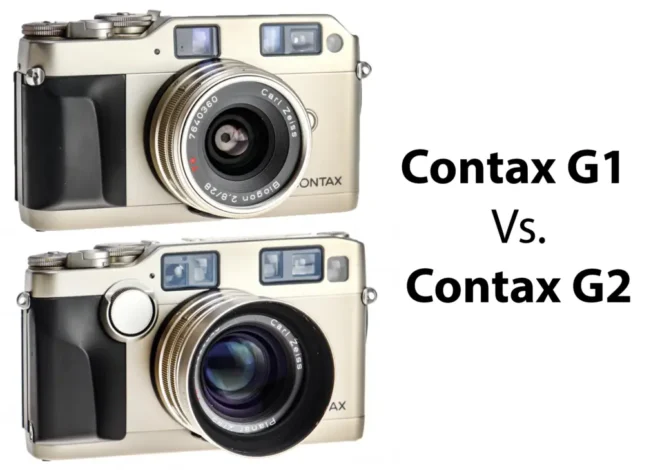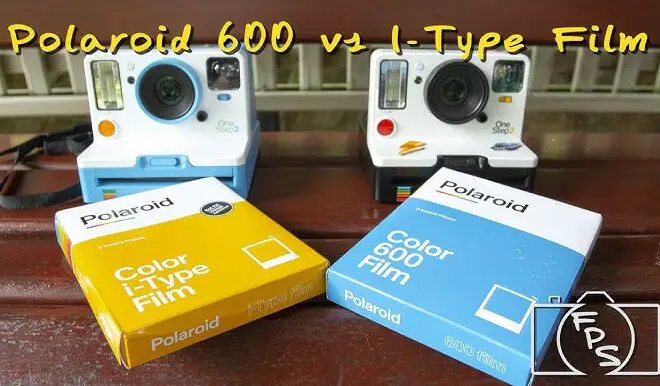
Sony A5100 vs A6000: Which Camera Reigns Supreme?
As an Amazon Associate, I earn from qualifying purchases.
If you’re looking for a mirrorless camera that offers great image quality, portability, and advanced features, the Sony A5100 and A6000 are two popular choices that you may consider.
The Sony A5100 and A6000 are both compact mirrorless cameras that came out in 2014. They offer great image quality, interchangeable lenses, and advanced features such as fast autofocus and Wi-Fi connectivity.
But why the A6000 is the one to choose? Read this article to know more.
Sony a5100 vs a6000: Quick Comparison Table
Here are some quick comparisons between the two cameras:
| Features | Sony A5100 | Sony A6000 |
| Continuous shooting | 6.0fps | 11.0fps |
| Weight | 283 g | 344 g |
| Dynamic Range | 12.7 | 13.1 |
| Viewfinder | None | Electronic |
| Dimensions | 110 x 63 x 36 mm | 120 x 67 x 45 mm |
| Battery Life | 400 shots | 360 shots |
| Price | Approx. $589.99 | Approx. $575.00 |
| Buying Link | Sony A5100 | Sony A6000 |
What Are the Differences Between the Sony a5100 vs a6000?
The Sony a5100 and a6000 are two popular mirrorless cameras that share some similarities but also have key differences to consider.

Sony A5100

Sony A6000
Here are the differences between Sony A5100 vs A6000:
Body and Design:
The Sony a5100 is a compact and lightweight camera that is designed for beginners. It measures 110 x 63 x 36 mm and weighs only 283 grams, making it easy to carry around. The camera has a minimalist design with a simple button layout and features a 3-inch tilting touchscreen LCD that can be flipped up 180 degrees for easy selfies and vlogging.
The body is made of plastic, which contributes to its lightweight design.
In contrast, the Sony a6000 has a more traditional DSLR-style design that measures 120 x 67 x 45 mm and weighs 344 grams.
It has a more substantial body, with a grip that makes it comfortable to hold for extended periods. The a6000 features a 3-inch tilting LCD screen with a higher resolution than the a5100.
The body is made of a combination of metal and plastic, which contributes to its more solid and durable feel.
However, there is not much of a difference in weight of the both cameras. And this should not be noticeable at all. If you consider the build quality and the rigidity, The Sony A6000 wins the point here.
LCD Screen and EVF:
While both cameras have tilting LCD screens, the a6000’s screen is more versatile due to its higher resolution and the addition of the electronic viewfinder.

However, the a5100’s compact and lightweight design may be more appealing if you plan on carrying your camera around with you frequently.
The A5100 doesn’t have an EVF. This is a serious issue that every photographer will look for. Only relying on the LCD screen won’t give the photographers enough versatility to shoot.
So, it is clear that the A6000 is the winner as it has the EVF.
Image Quality:
When it comes to image quality, the Sony a5100 vs a6000 are fairly evenly matched.
Both cameras feature a 24.3 megapixel APS-C sensor, which is capable of producing high-quality images with plenty of detail and clarity.
The a5100 and a6000 both offer excellent image quality, but there are some differences between the two cameras. Both of them have an autofocus system with 179 phase-detection points and 25 contrast-detection points. This makes both of them capture fast-moving subjects, such as sports or wildlife.
While both cameras have a maximum ISO sensitivity of 25600, the a6000 has a wider ISO range that extends from 100 to 25600.
And the a5100’s ISO range only goes from 100 to 12800.
This means that the a6000 is better equipped for low-light photography, as it can capture more light in dark conditions.
In general, in terms of picture quality, both of them are head-to-head competitors. But The A6000 takes the point here as the ISO range is a bit higher than the A5100.
Continuous Shooting:
The a6000 has a higher burst rate of 11 frames per second compared to the a5100’s 6 frames per second. This allows you to capture a higher number of images in a shorter amount of time, making it easier to capture the perfect shot.
Video Capabilities:
When it comes to video capabilities, the Sony a5100 vs a6000 are both capable cameras, but the a6000 has some advantages in this area.
The Sony a5100 can record Full HD 1080p video at up to 60 frames per second, with support for both AVCHD and MP4 codecs.
The camera also features a built-in stereo microphone, as well as a jack for an external microphone, which allows for improved audio quality. However, the a5100 does not offer 4K video recording, which is becoming increasingly popular among filmmakers and content creators.
On the other hand, the Sony a6000 can record Full HD 1080p video at up to 60 frames per second, but it also can record 4K video at 24 frames per second. This makes the a6000 a better choice for filmmakers and content creators who require higher-resolution footage.
Additionally, the a6000 features advanced video recording options, such as zebra pattern, which helps to prevent overexposure and focus peaking, which highlights areas of the frame that are in focus.
As the A6000 can record 4K video, advanced video recording options and a larger LCD screen make it a better choice for filmmakers and content creators.
Price:
If you consider the price you need to be sure of what you are looking for in a camera.
In Sony A6000 you are getting everything and on top of that the EVF on the camera will get you covered in a long run.
The A6000 is a bit cheaper than the A5100 so based on the price and the features you are getting, the A6000 is the winner.
Sony a5100 vs a6000: The Verdict?
The Sony A5100 and A6000 perform almost identically. The same sensor, processor, and autofocus system make the choice hard.
But based on the price and the functionalities the A6000 is the one to choose.
- Read Also: Sony A6500 vs. ZV-E10: Which Camera Will Be Your Best Pick?
- Read Also: Sony Alpha 7C vs. Sony Alpha 7 III: Camera Clash Unveiled
- Read Also: Sony A7c vs A7iv Camera: A Comprehensive Comparison
- Read Also: Sony A6100 vs A6400: Find Out Which Camera is Right for You
- Read Also: Fujifilm X100v vs X100f: Comparing Two Top-Rated Cameras



